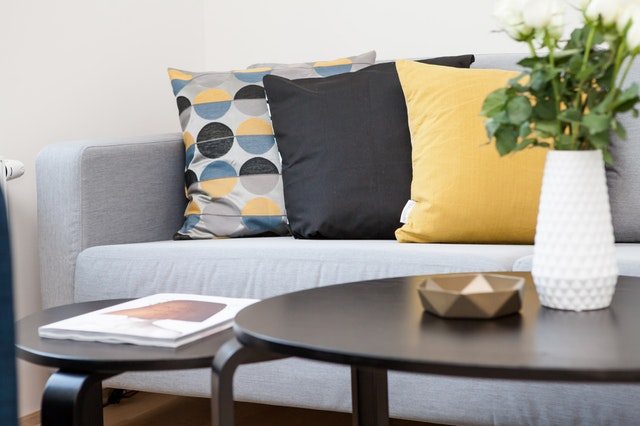For decades, the American dream has centered on home ownership. The 1944 G.I. Bill of Rights, which in turn triggered a post-World War II housing boom and the deliberate development of the suburbs, solidified owning one’s home as the status quo. Most middle-class citizens regarded it as nothing less than their moral imperative to get married, purchase a house, erect the proverbial white picket fence, and begin raising children.
Of course, this picture-perfect, nuclear family-oriented approach doesn’t appeal to everyone. Those folks are lucky that, largely because of the sweeping changes that the internet has brought to the lifestyles of everyday Americans, there are now plenty of options for those who don’t want 2.5 kids and a 30-year fixed-rate mortgage. Let’s take a look at some of the increasingly popular ways to live, love, and work off the beaten path.
Tiny Houses and the Minimalist Mindset
The typical American home averages 2,600 sq. ft. — and for many Americans, bigger is always better when it comes to their home, their yard, and the vehicles parked in their driveway.
Advocates of the tiny house movement disagree. They are happy to jettison the majority of their belongings and to cleverly tuck the indispensable ones into a home that is less than 400 sq. ft. Almost always designed to maximize every inch space, with some rooms doing double duty as bedroom and living room, tiny homes reflect a larger trend toward minimalism. The individuals who call these diminutive dwellings home have culled their possessions and kept only the items essential to their everyday life.
Besides drastically reducing one’s carbon footprint, one benefit of these small spaces is affordability. It’s a lot easier and cheaper to design your dream house when you’re working on a miniature scale rather than building a McMansion.
A Residence on the Go: Recreational Vehicles
Similar to tiny homes, but with one major — and obvious — difference, RVs also make ideal residences for minimalists. Imagine benig able to have not just the comfortsof home, but the home itself, anywhere you travel. That’s RV life.
People who take to the road on a permanent basis don’t have to pay property or school taxes, which is an enormous plus. Of course, there are some RV-specific responsibilities, like keeping a motorhome extended service plan up to date and have an emergency-repair fund. But on the whole, motorhome living is an economical choice — not to mention the fact that it’s incredibly easy to pack up and hit the road when you want a change of backyard scenery!
Life Aboard a Houseboat
Our last nontraditional residence has a lot in common with tiny homes and RVs: a streamlined design that incorporates storage wherever it can and eliminates clutter; the potential for a much lower cost of living; and a reduced environmental impact. Houseboats make great homes.
It’s possible to live on a houseboat for as little as $6,000 per year, and if you are the handy sort, you can acquire a fixer-upper boat for a song. Expanding your home-ownership horizons to include a floating dwelling is also an economical alternative to expensive urban apartments or the constraints of suburban life, since a houseboat can often be located much closer to a city center than dry-land dwellings.
Waterside residences are always in huge demand — and command high prices as a result. A houseboat provides an affordable alternative. You get the best of both worlds: you can live on the water and in close proximity to a major city at the same time, with the added bonus of an incredible view from your kitchen window!
Final Thoughts on Living in a Non-traditional Home
All of these options for unorthodox residences do require you to commit to a minimalist way of life. If you collect antique furniture, require extra rooms for a home-based business, or otherwise enjoy spreading out in a sprawling space, you’re probably better off in a traditional ranch, colonial, or farmhouse.
If you want to live simply and on a shoestring budget, however, it’s worthwhile to consider the prospect of living on a boat, in a motorhome, or in a tiny house on your own piece of land.
Do you know anyone who’s made the leap to a tiny home lifestyle? Would you ever consider living full-time in an RV? Let us know your thoughts in the comments section below!







